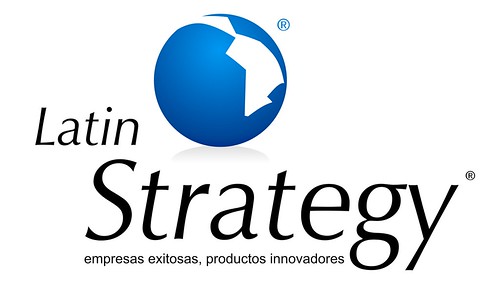La fuente es HBS Working Knowledge
Extracto:
"Q: As you write, "Disruption is a positive force. It is the process by which an innovation transforms a market whose services or products are complicated and expensive into one where simplicity, convenience, accessibility, and affordability characterize the industry." How in essence do you think about disruption vis-à-vis public education? Where do you see the most room for innovation?
A: The lesson from all industries is that the most promising areas for innovation are pockets of what we call "nonconsumption"—areas that appear unattractive or inconsequential to the industry incumbents and where there are people who would like to do something but cannot access the available offering. By targeting these areas, you have a much greater chance of launching successfully a disruptive innovation that can transform a market.
The puzzle in U.S. education was that, at first blush, there are no obvious areas of nonconsumption; virtually everyone is required to attend school. If you take a deeper look, however, you see that actually there are many pockets of nonconsumption in education in the United States. For example, in many schools, if a student fails a course, he or she has no recourse to make up the class and must simply move on to the next course. There is no option for credit recovery. Likewise, no school can possibly offer all 34 Advanced Placement courses that are out there, and yet there are often students in the schools who would love to take some of the ones that are not offered.
In these foothold areas, computer-based or online learning is beginning to fill the void and plant itself and make inroads in the education system in classic disruptive fashion. Online learning has increased from 45,000 enrollments in 2000 to roughly 1 million in 2007, and shows signs of continuing to grow at an even more rapid pace.
Computer-based learning is an exciting disruption because it allows anyone to access a consistent quality learning experience; it is convenient since someone can take it virtually anywhere at any time; it allows a student to move through the material at any pace; it can customize for a student's preferred learning style; and it is more affordable than the current school system"
Suscribirse a:
Enviar comentarios (Atom)

No hay comentarios:
Publicar un comentario